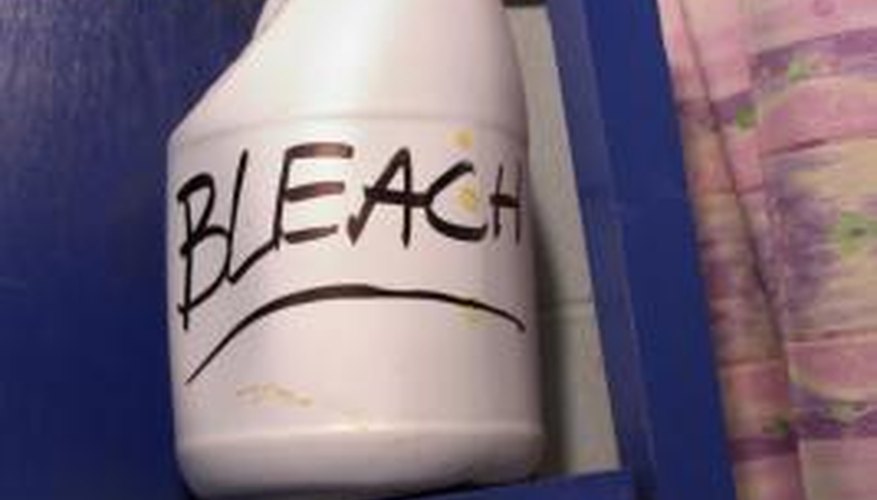Titration is a method by which the concentration of a certain compound in solution can be determined. In titration, a known quantity of a substance (called the "titrant") is slowly added to a solution. The solution is monitored for indications of a reaction. Once the desired reaction is achieved, the previously-unknown concentration can be calculated from the known amount of titrant added to the solution. In redox titration, the reactions involved are redox reactions, wherein electrons are transferred and oxidation states are changed. Many everyday compounds can undergo redox reactions. Therefore, redox titration is a powerful tool for learning more about the substances we encounter.
Industrial Applications
Redox titration is especially useful for determining the concentration of a certain active chemical in substances such as fertilisers and cleaning supplies. In bleach, for example, the primary active ingredient is sodium hypochlorite (NaOCl). Through a redox titration using iodine and sodium thiosulfate, the initial concentration of chlorite (ClO-) in the bleach can be determined. This information is valuable to manufacturers as well as consumers, in situations where a comparative quantitative analysis might be beneficial.
- Redox titration is especially useful for determining the concentration of a certain active chemical in substances such as fertilisers and cleaning supplies.
Pharmaceutical Applications
The concentration of certain chemicals in pharmaceutical compounds can be determined through redox titration. For example, many drugs and supplements contain iron in potentially different forms. To determine the concentration of iron in a substance, an ionic solution of the substance can be prepared and then titrated with a particularly reactive compound such as permanganate.
Nutritional Applications
Given the many complex chemical reactions that take place in the human body, knowing the concentration of nutrients you are ingesting helps determine the best course of dietary action. Vitamin C, for example, undergoes a redox reaction with iodine. Therefore, a known quantity of iodine can be used to titrate an unknown quantity of vitamin C. The determined concentration of vitamin C can be proportionally applied to whatever item is in question, thereby providing important nutritional information.
